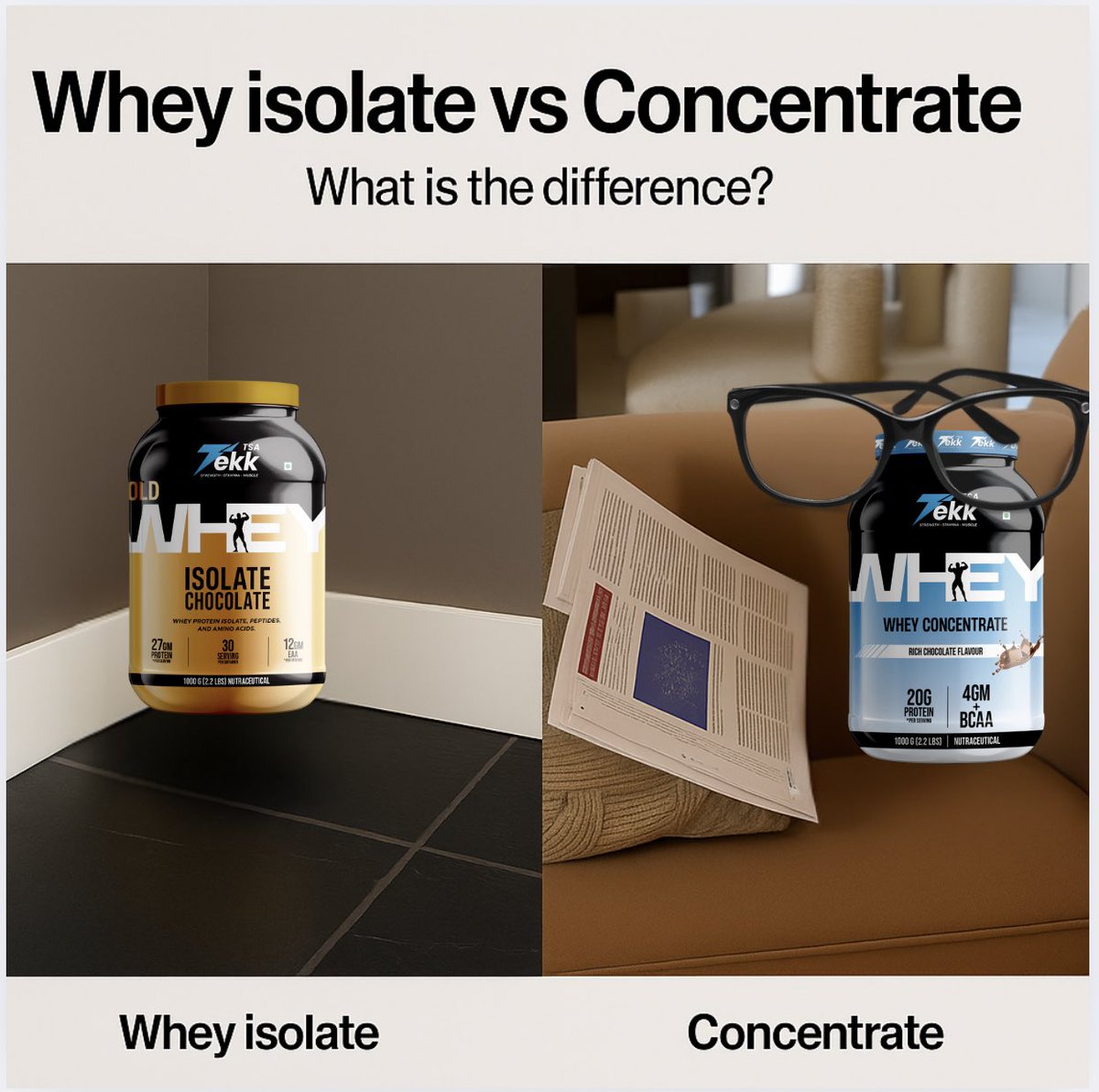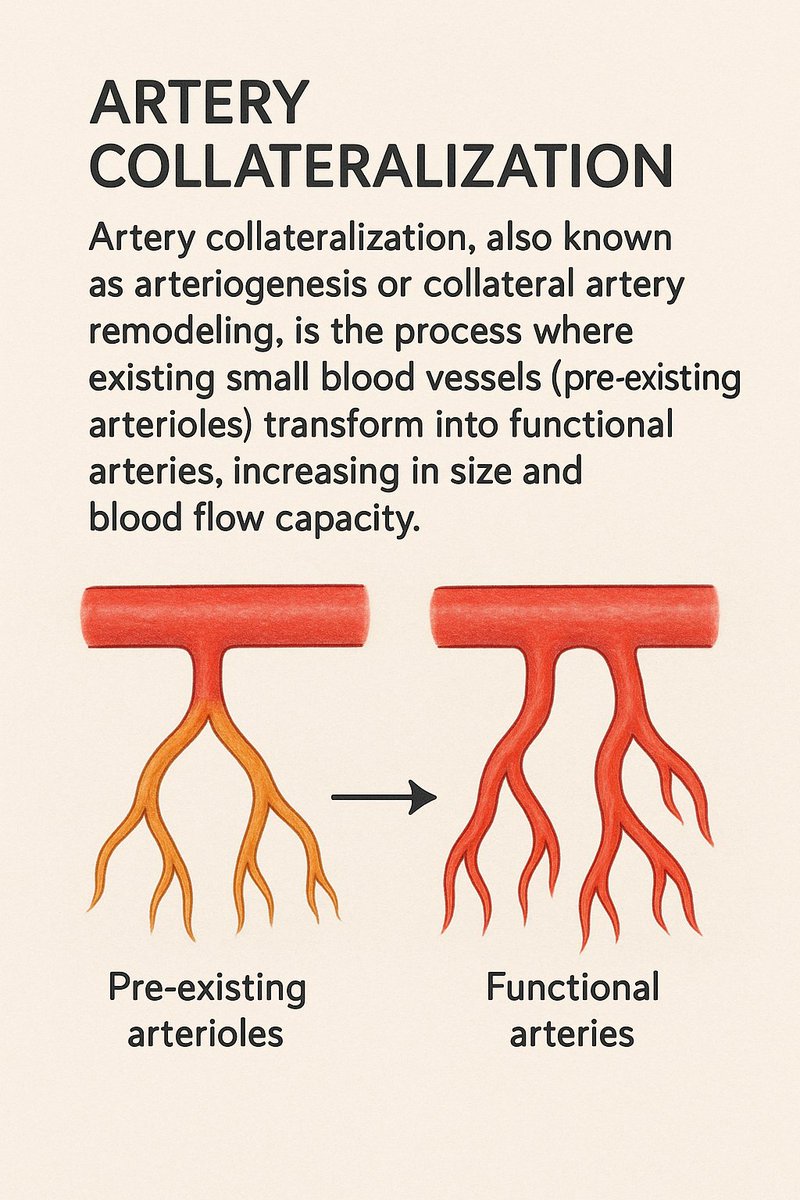
PhD Sports, nutrition & exercise science (On going ), MSc Sports & exercise science & medicine Uni. of Glasgow. founder @Tsatekk
How to get URL link on X (Twitter) App


 Air fryers can help you make french fries with less oil and less calories still maintain crisp texture then
Air fryers can help you make french fries with less oil and less calories still maintain crisp texture then
 Both are whey proteins derived from milk,
Both are whey proteins derived from milk,
 Great so air fryers can help you make french fries with less oil and less calories still maintain crisp texture then
Great so air fryers can help you make french fries with less oil and less calories still maintain crisp texture then 


 detailed post on Creatine:
detailed post on Creatine: